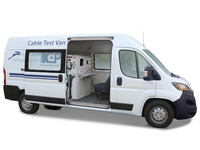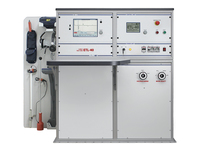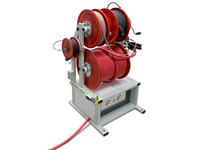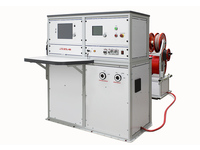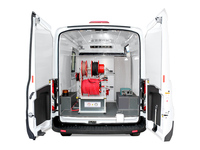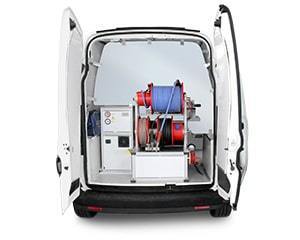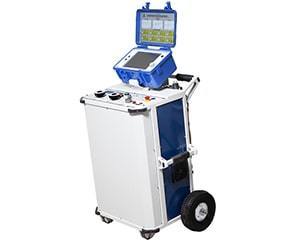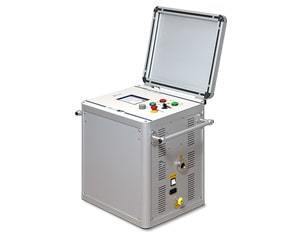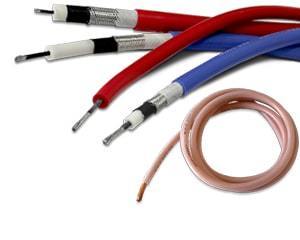ETL-40
CABLE TEST VAN
ETL-40 is a fully equipped van-mounted cable test and fault location system which allows to:
- Test cable insulation with DC voltage up to 40 kV;
- Burn faulty cable insulation with a DC current up to 1 A;
- Pre-locate cable faults with an aid of a built-in time-domain reflectometer;
- Pinpoint faults with an acoustic method.
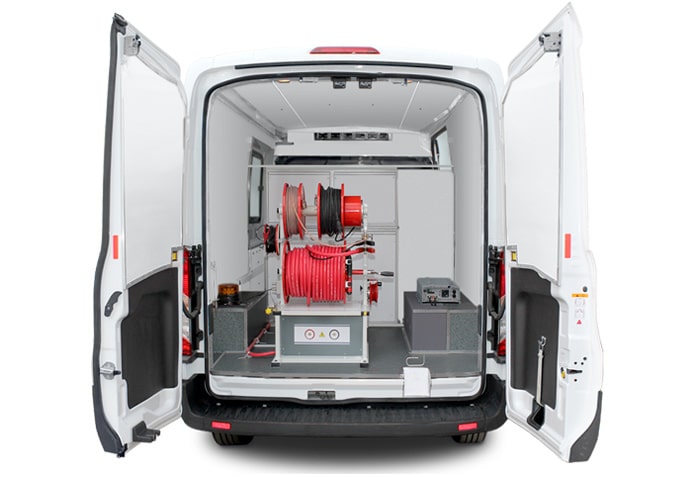
CENTRALISED CONTROL

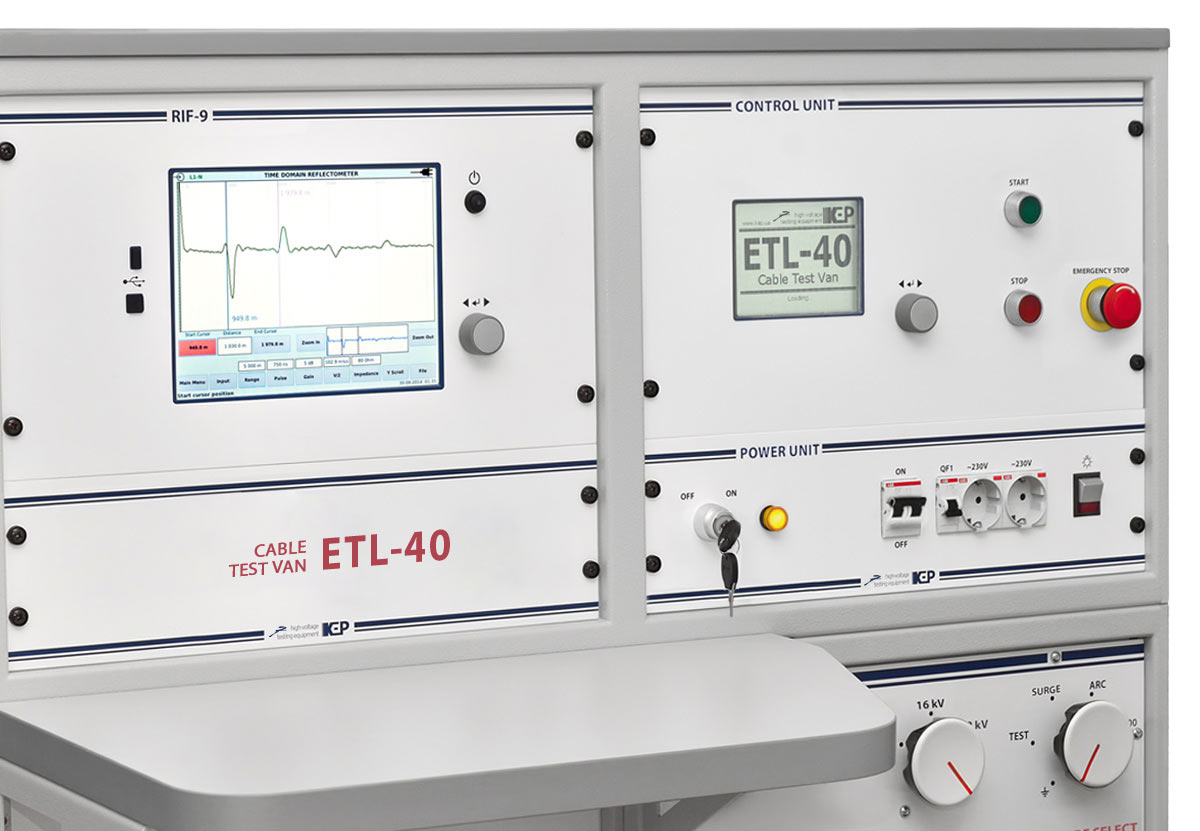
The entire system is controlled from a central operator station. Microprocessor based operation ensures high measurement accuracy and reliability of the test results.

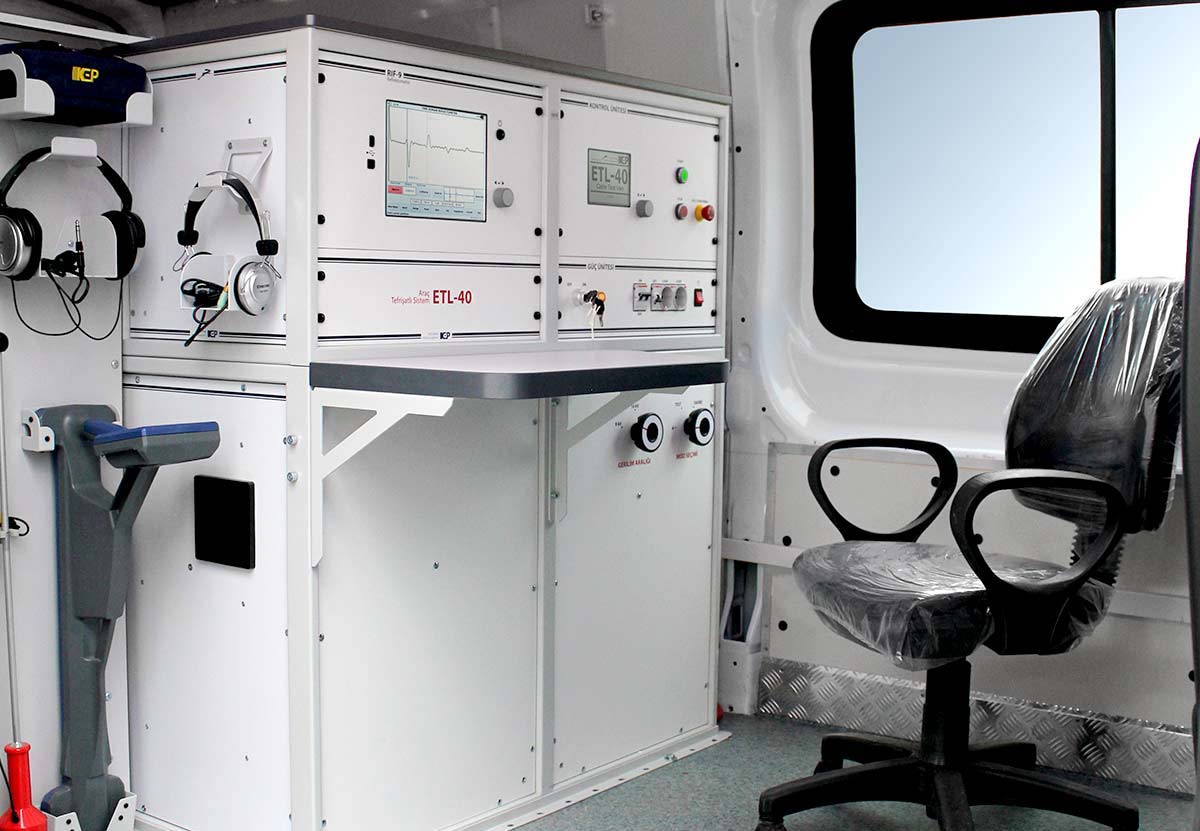
DC TESTING


ETL-40 cable test van allows to carry out cable acceptance tests with high DC voltage up to 40 kV.
FAULT PRE-LOCATION

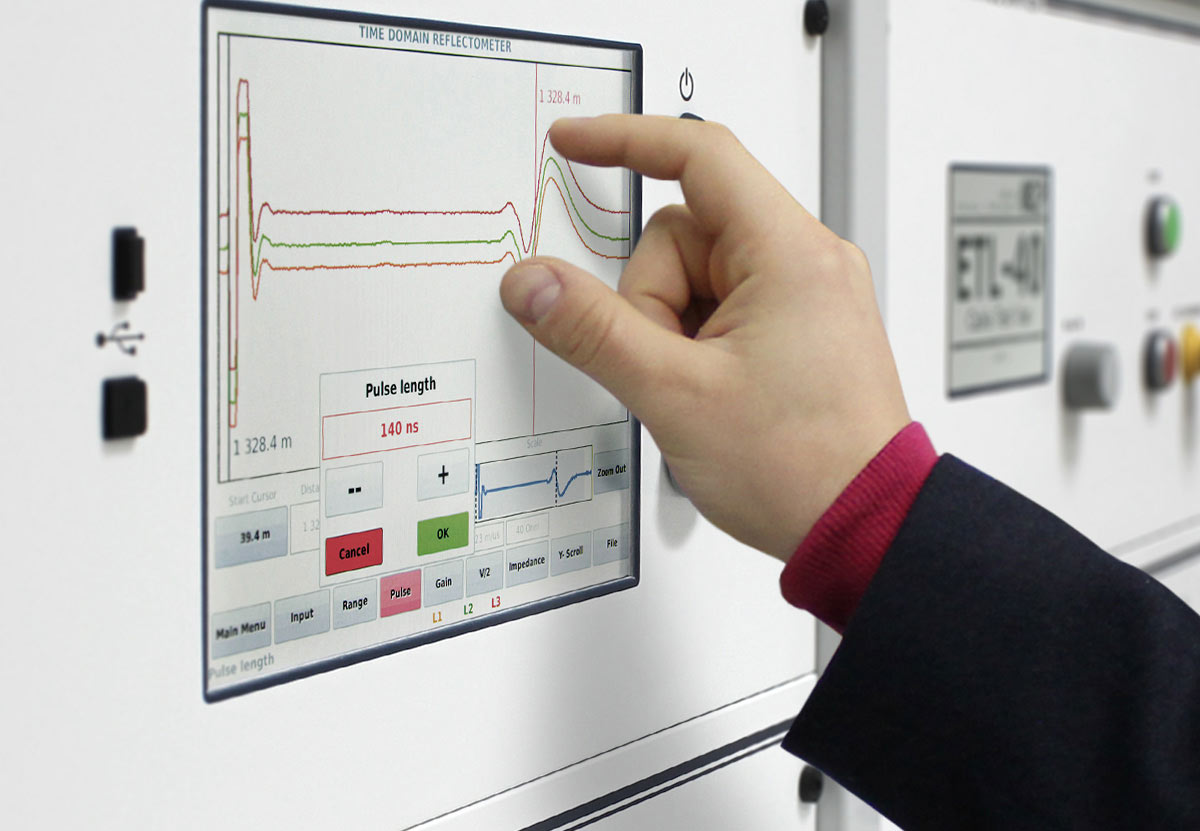
Time-domain reflectometer RIF-9, integrated into the ETL-40 control panel, is used for detecting and determining the distance to various types of faults in electrical power cables with the main pre‑location methods:
Low-voltage method
- TDR (time-domain reflectometry): low-resistance faults and breaks.
High-voltage methods
- ARC/ARC multi-shot (single impulse / multiple impulse arc reflection method): high-resistance and unstable faults.
- ICE (impulse current envelope method): high-resistance faults that cannot be converted to low-resistance ones by burning faulty insulation.
- DECAY (voltage wave oscillation method): faults with high breakdown voltage.

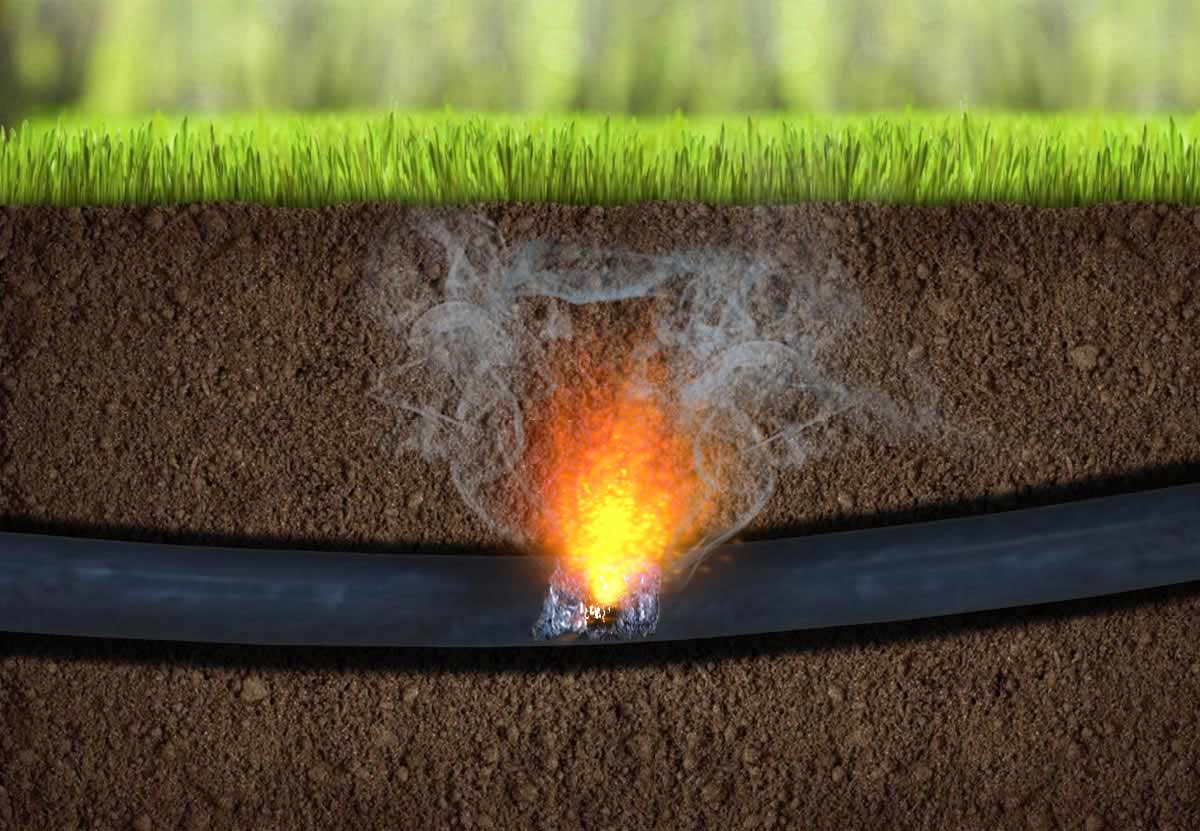
BURN UNIT


As standard ETL-40 systems are equipped with a burn unit which delivers current up to 1 A at up to 20 kV voltage.
High-resistance cable faults may be converted to the low-resistance onces by burning faulty insulation which allows to subsequently apply pre-location and/or pinpointing methods for precise fault localisation.
SURGE WAVE GENERATOR WITH A VOLTAGE LEVELS SWITCH

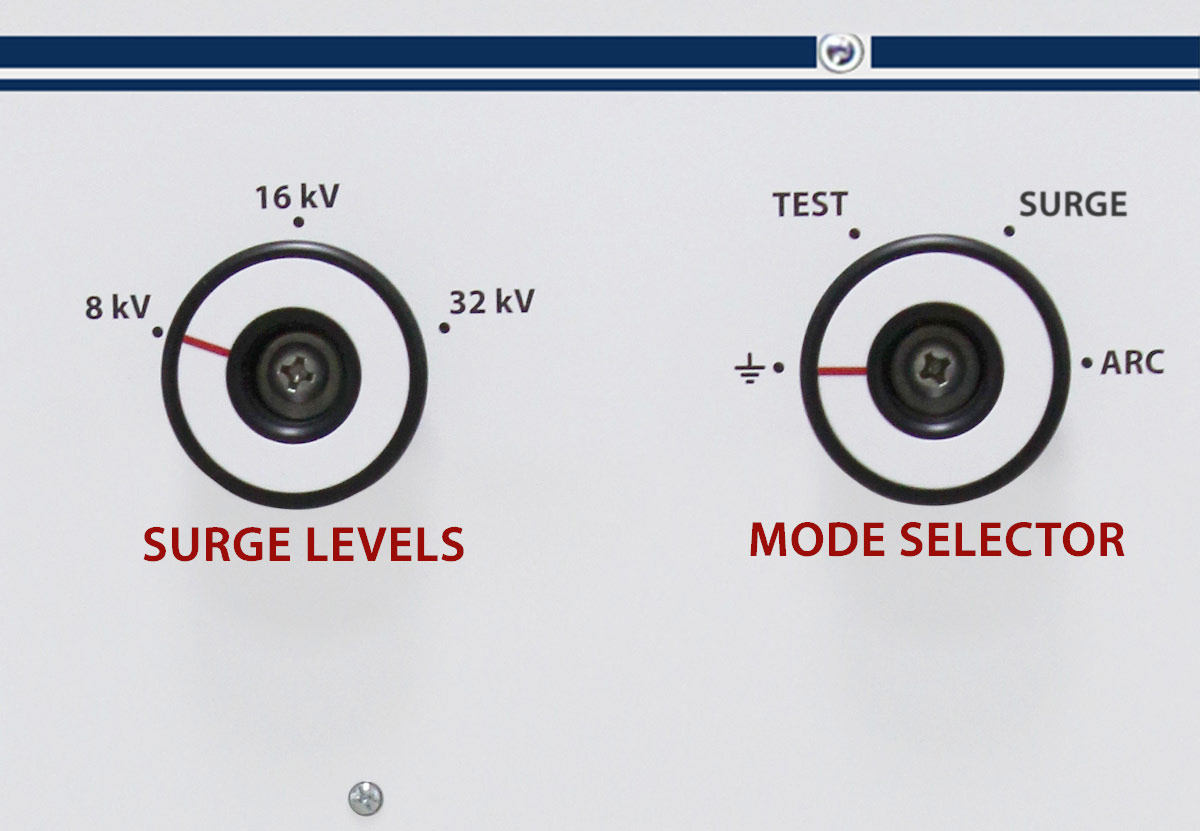
A surge wave generator with up to 2000 J surge energy is used in ETL-40 for pinpointing cable faults with an acoustic method.
The generator is supplemented with a surge level switch allowing to select output voltage in the ranges of 0 … 8 / 16 / 32 kV, which delivers maximum possible energy of the surge pulses.

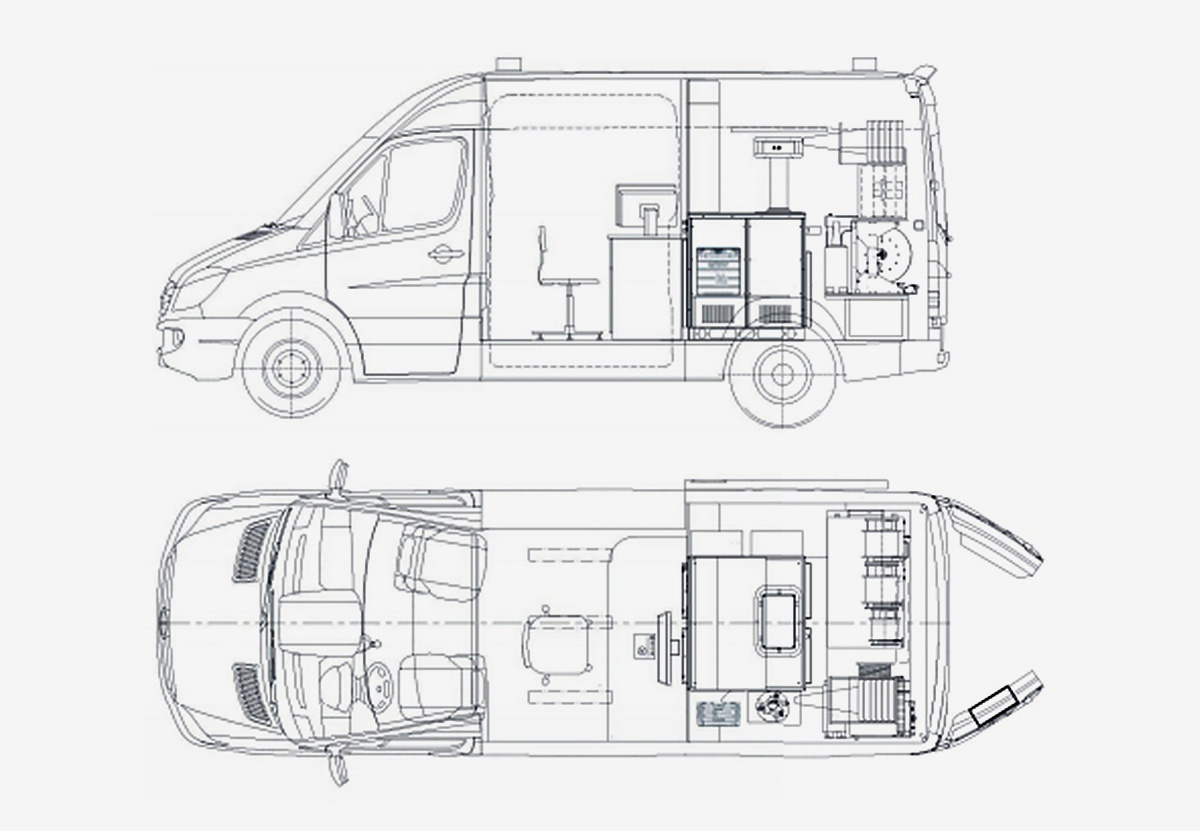
FITS INTO MOST VEHICLES


ETL-40 is designed to fit into the majority of the popular vehicles.
The compact composition of the modules making the system up allows it to be mounted even in short wheel base vans.
SAFETY

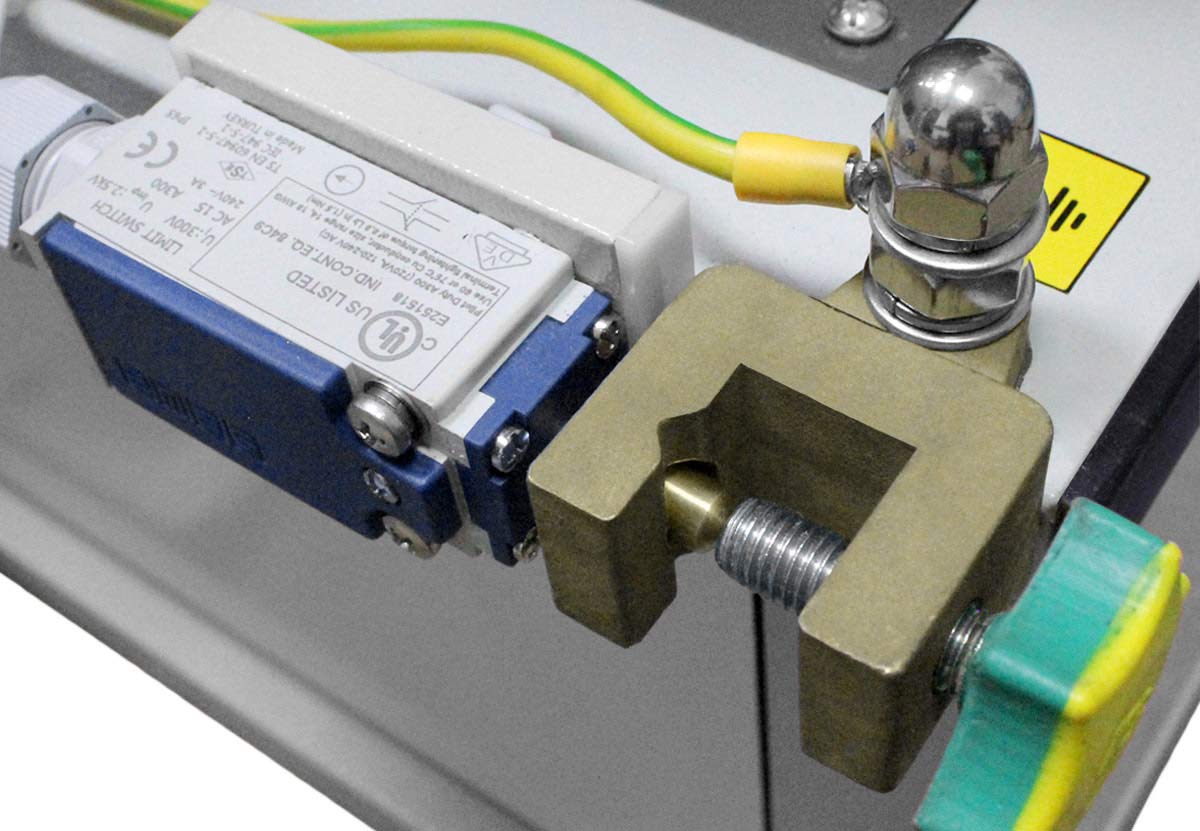
All cable test vans of ETL family are equipped with all-round operator safety systems consisting of the following modules and devices:
Grounding
- ✓ Protective earthing of the equipment and van chassis
- ✓ Operating grounding
- ✓ Vehicle chassis potential monitoring
- ✓ Continuous grounding monitoring system
- ✓ Automatic discharge device
Protection
- ✓ Overvoltage
- ✓ Overcurrent
- ✓ Overheating
- ✓ Position monitoring of high-voltage switches
High voltage switch off
- ✓ EMERGENCY STOP button
- ✓ Power keylock switch
- ✓ Open rear door monitoring

| Connection | Number of phases | 1 |
| DC testing | Output voltage adjustment and indication range | 0 … 40 kV |
| Output current indication range | 0 … 300 mA | |
| Indication | Digital indication of output voltage and current in real time | |
| Relative voltage and current indication error | ± 3 % of full range | |
| Fault conditioning (burning) | Output DC voltage adjustment and indication range | 0 … 20 kV |
| Output current (open-circuit run) | up to 1 A | |
| Indication | Digital indication of output voltage and current in real time | |
| Relative voltage and current indication error | ± 3 % of full range | |
| Fault pre-location | Pre-location methods |
■ TDR (impulse reflection method) ■ ARC / ARC multi-shot (single impulse / multiple impulse arc reflection method) ■ ICE (impulse current method) ■ DECAY (voltage decay method) |
| Fault detection ranges (for velocity factor 1.50 or v/2 = 100 m/μs) | 0 … 60 / 120 / 250 / 500 / 1000 / 2000 / 5000 / 10 000 / 20 000 / 50 000 / 120 000 m | |
| Fault detection resolution: | ||
| ■ for velocity factor 1.50 (v/2 = 100 m/μs) | 0.5 m | |
| ■ for velocity factor 1.87 (v/2 = 80.2 m/μs) | 0.4 m | |
| Distance to fault detection accuracy | 0.2 % of selected range | |
| Sampling rate | 200 MHz | |
| Time-domain accuracy | 0.01 % | |
| Output impedance adjustment range | 2 … 100 Ω, resolution 2 Ω | |
| Probe pulse parameters: | ||
| ■ voltage | 45 V | |
| ■ width adjustment range | 10 ns … 100 μs | |
| Gain adjustment range | minus 21 … + 69 dB | |
| Velocity factor adjustment range | 0.750 … 3.000, resolution 0.001 | |
| Propagation velocity (v/2) adjustment range | 50.0 … 200.0 m/μs, resolution 0.1 m/μs | |
| Internal memory of the reflectometer: | ||
| ■ historical measurements with associated settings | up to 1000 | |
| ■ reference cable propagation velocity (v/2) records | up to 500 | |
| Fault pinpointing with acoustic method | Surge voltage levels and adjustment |
Level 1: 0 … 8 kV Level 2: 0 … 16 kV Level 3: 0 … 32 kV |
| Surge energy at each level | up to 2000 J | |
| Surge rate |
■ Single pulse, manually triggered ■ 4 … 12 surges/min, automatic mode |
|
| Indication | Digital indication of output voltage in real time | |
| Safety | Isolation transformer | 4 kV•A |
| Grounding |
■ Protective earthing of the equipment and van chassis ■ Operating grounding ■ Vehicle chassis potential monitoring ■ Continuous grounding monitoring system ■ Automatic discharge device |
|
| Protection |
■ Overvoltage ■ Overcurrent ■ Overheating |
|
| High voltage presence signalling |
■ Light signalling (optional) ■ Acoustic signalling (optional) |
|
| High voltage switch off |
■ EMERGENCY STOP button ■ Power keylock switch ■ Open rear door monitoring |
|
| Power supply and consumption | Mains supply voltage | 230 VAC, ± 10 % |
| Mains supply frequency | 50 Hz | |
| Power consumption | up to 4.0 kV•A |
